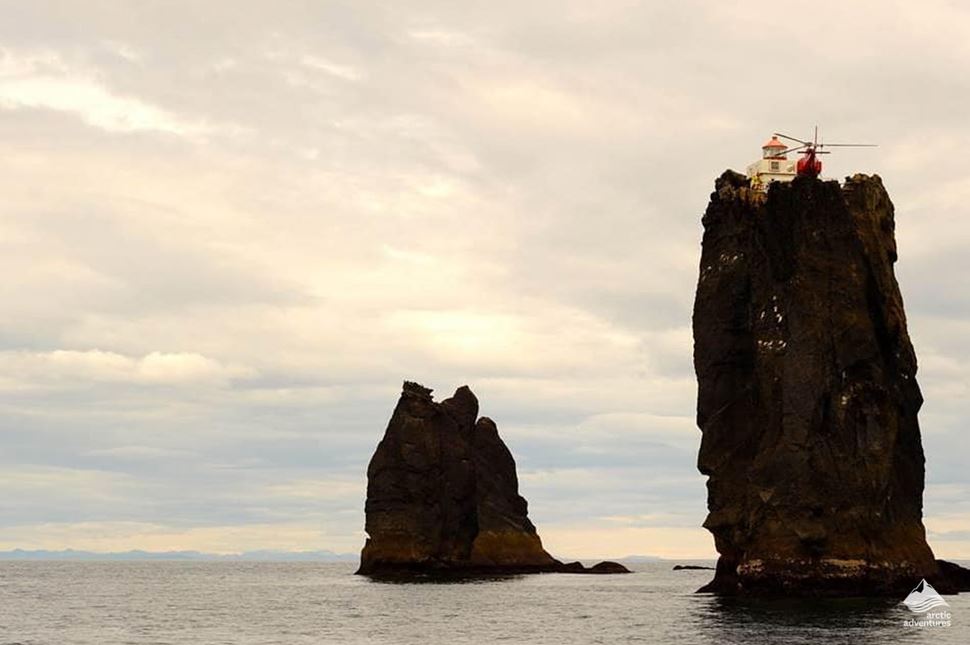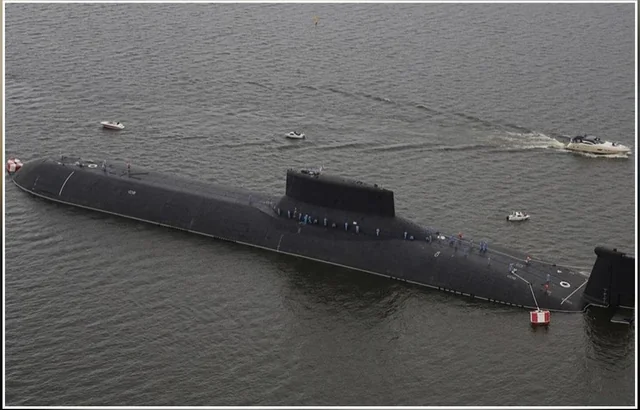Perched atop a sheer rocky spire that rises dramatically from the turbulent North Atlantic, the Thridrangar lighthouse (Þrídrangaviti in Icelandic) stands as a remarkable symbol of human determination and engineering skill. Located off the southern coast of Iceland, it is known as one of the most isolated and difficult-to-reach lighthouses in the world. Constructed in 1939, the lighthouse towers nearly 120 feet above the churning seas, anchored to a razor-thin basalt stack that seems to defy gravity.

The construction process was nothing short of heroic; workers had to scale the near-vertical rock face while contending with fierce winds and crashing waves. The only way to transport materials was to secure a cable to the top and climb, carrying each piece up one by one.
The name “Thridrangar” translates to “three rock pillars” in Icelandic, referring to the cluster of volcanic stacks where the lighthouse is situated. The main pillar, barely wide enough to support the lighthouse, offers no natural landing area. Even today, reaching the lighthouse requires either a specialized helicopter or exceptional skill and bravery to climb the rock face.

Lighthouse keepers experienced unimaginable isolation during their time there. Surrounded by nothing but ocean for miles, they faced some of the North Atlantic’s harshest weather conditions. Winds often exceed hurricane force, and waves crash against the rock with enough power to shake the entire structure. During winter storms, the lighthouse can be completely cut off from the outside world for weeks at a time.
The visual impact is otherworldly. The white lighthouse seems to grow directly from the dark volcanic rock, creating a striking contrast against the typically gray Icelandic sky. From certain perspectives, it appears to float above the ocean, a solitary outpost at the edge of civilization.

Modern technology has taken over the lighthouse’s operations, removing the necessity for full-time keepers. Nevertheless, maintenance teams still conduct regular visits, now supported by helicopters. Each landing requires precision, with the helicopter hovering carefully beside a small helipad that appears almost minuscule against the vast ocean below.
While other lighthouses may boast similar remoteness, few can rival Thridrangar’s stunning location and the boldness of its design. It stands as a testament to the lengths humans will go to ensure maritime safety, even in the most challenging environments imaginable.




